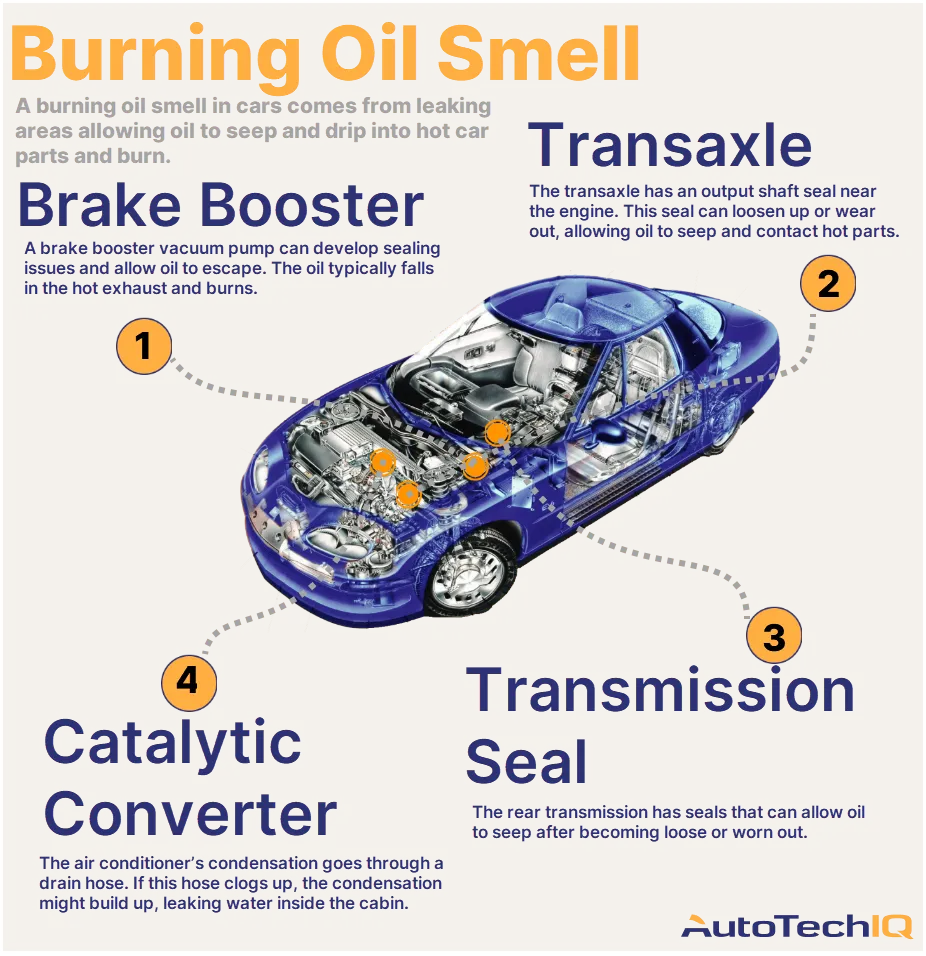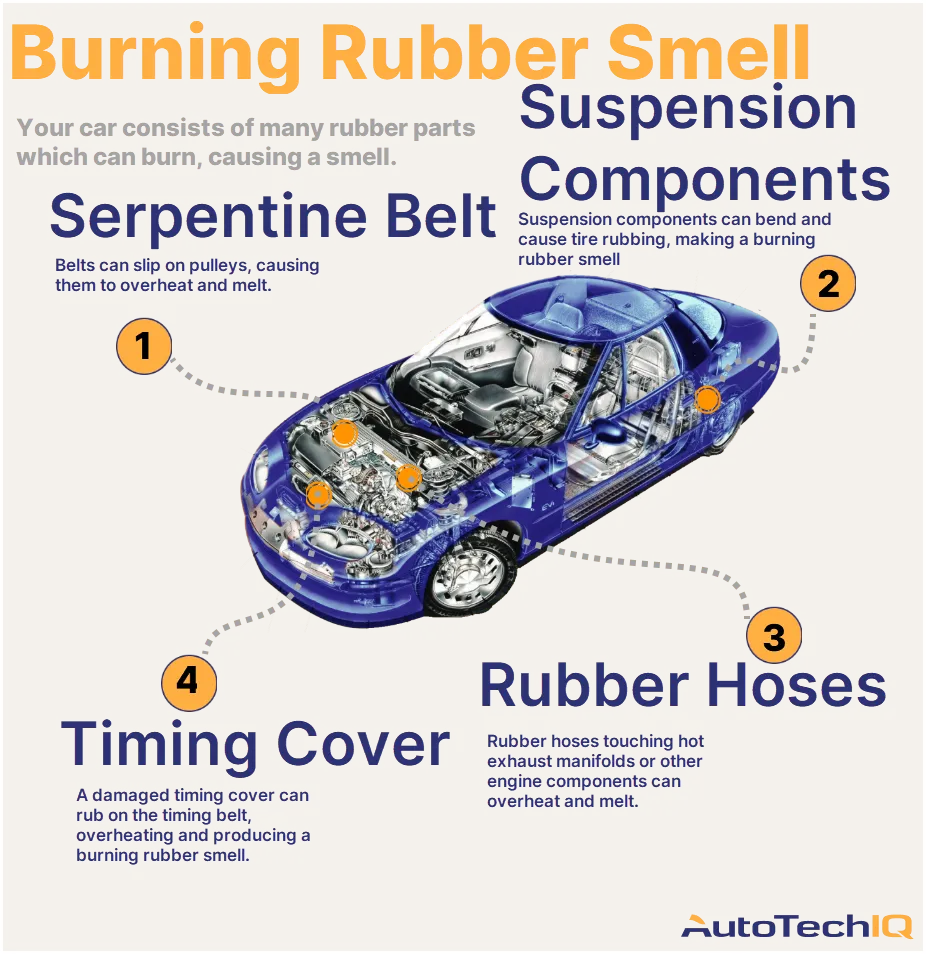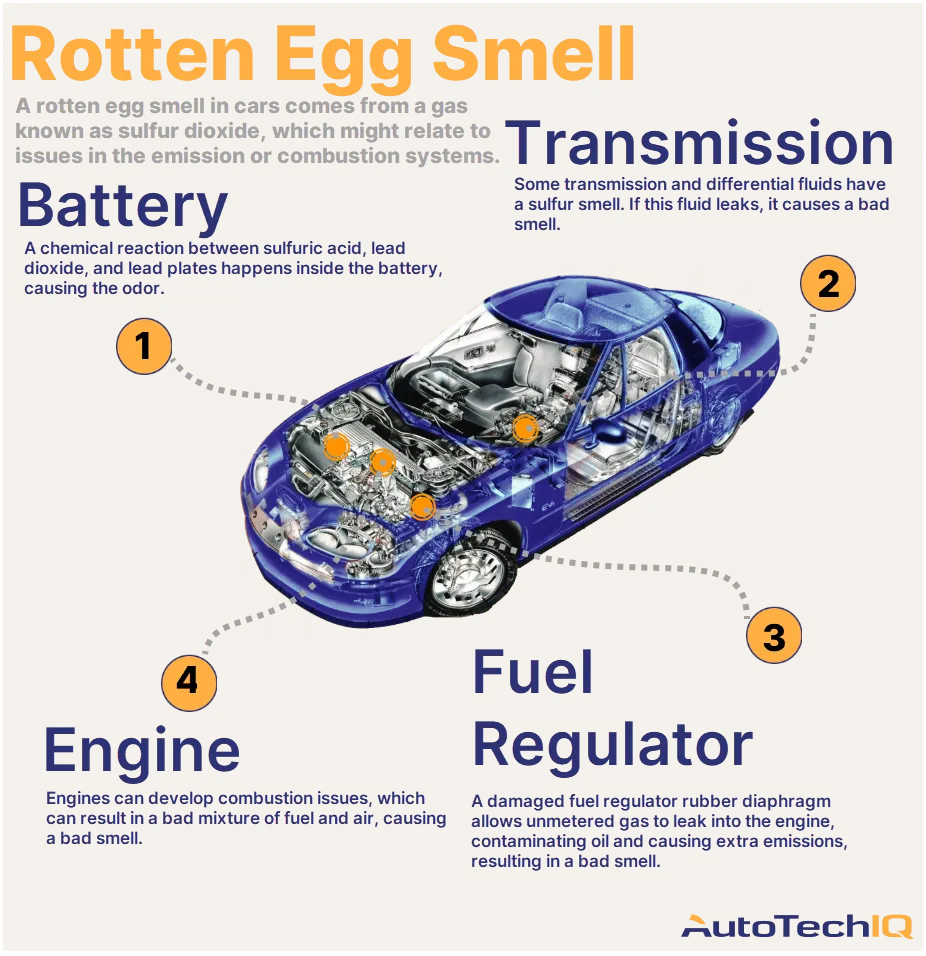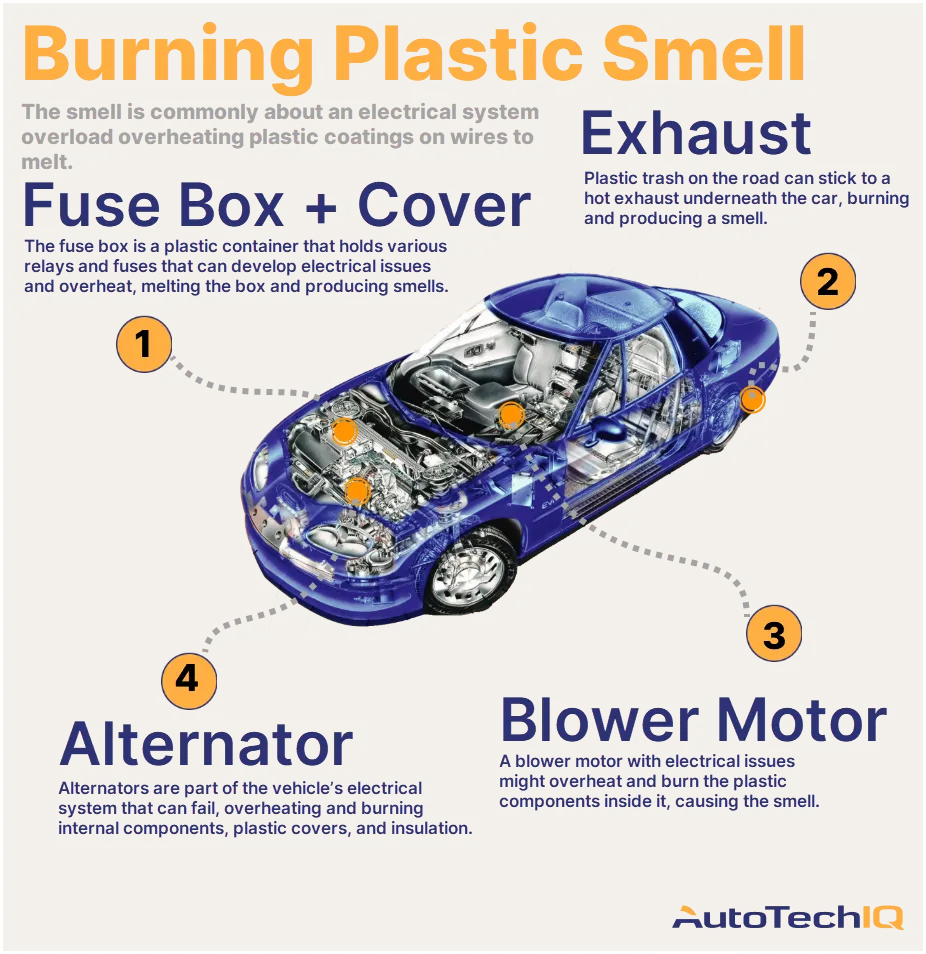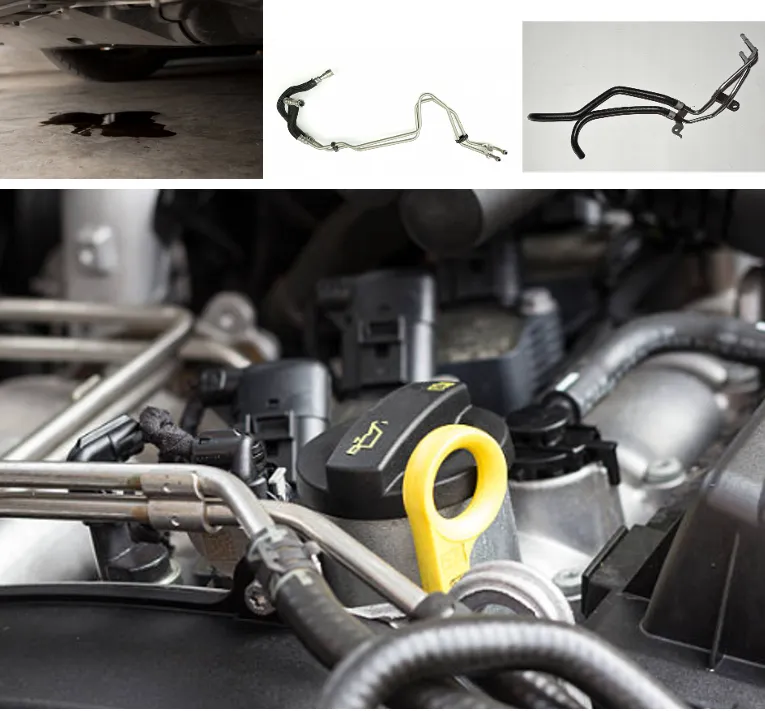
The oil cooler line is an integral part of the lubrication system for an automatic transmission. Its main function is to transfer oil from the transmission to the oil cooler for further cooling.
The external appearance of the oil cooler line is a combination of metal tubes, with rubber hoses at the ends that are fitted with couplings.
If you start experiencing symptoms like erratic behavior of the automatic transmission, slight jerks at the beginning of movement and during gear shifts, as well as weak acceleration, and if you notice oil spots under the car, be sure to consult Certified Auto Repair.
After diagnostic work carried out by a professional mechanic, it may turn out that you have increased wear on the oil cooler line tubes, oil leaking from the connections, and also from the tubes themselves. In such cases, we recommend replacing the entire oil cooler line as repairs might result in similar issues reoccurring after some time.
Delaying the repair of the oil cooler line could lead to irreversible consequences, such as the destruction of transmission parts, resulting in significant financial expenses for car repair.
Performing the tube replacement yourself is not advisable, as there are challenges you'll encounter during the replacement. Firstly, specialized equipment and a lift are required. Disassembly is also complicated due to the hard-to-reach location of the oil cooler line. After replacing the line, it's crucial to check the oil pressure in the transmission with the engine warmed up, as well as to ensure there are no leaks from the new oil cooler line. You should also check the operation of the automatic transmission—gear shifts should be smooth and jerk-free. For the first few days after the repair, it's recommended to closely monitor the performance of the transmission, paying attention to any possible jolts, noises, and other unusual behaviors. If you detect any of these, or if new oil leaks occur, consult a qualified mechanic at Certified Auto Repair for additional diagnostics.


